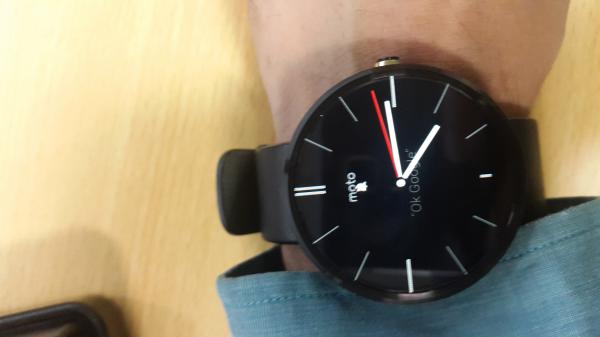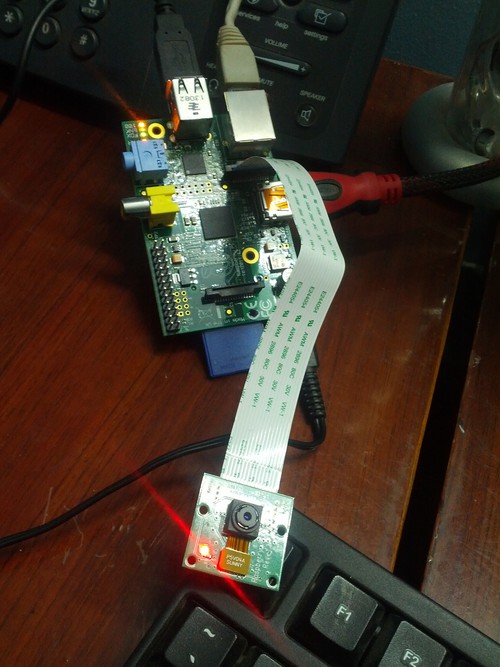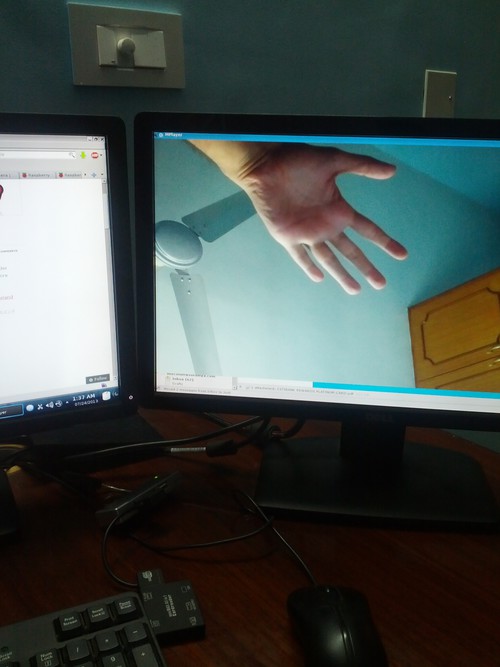A little while ago I bought a new klipsch speaker as my previous one was starting to die and I love it except for a minor irritation. The speaker has builtin power saving tech that powers it off if its not used for a certain period of time and that means that I have to physically power it on every time I wanted to listen to music which was annoying. As I would invariably be comfortably seated and start the music before remembering that I needed to power it on. Also, I could not start the music from my phone whenever I felt like as the speaker was powered off and I would have to walk to the room to power it on.
After living with the irritation for a while I finally decided to do something about it and whipped up a small script that checks if any music/audio is already playing on the system and if not it plays a 1 second mp3 of an ultrasonic beep. This forces the system to keep the speaker on and I love it as now I can start the music first thing in the morning while lazing in bed. 🙂
The script requires the mpg123 to be installed and you can install it on a Debian system by issuing the following command:
apt-get install mpg123
The Script itself is only 4 lines long:
#!/bin/bash
if ! grep RUNNING /proc/asound/card*/pcm*/sub*/status &> /dev/null ; then
/usr/bin/mpg123 -q /home/suramya/bin/KeepSpeakerOn.mp3 &> /dev/null
fi
What it does is to check if any of the PCM soundcards have a status of RUNNING and if not it plays the mp3. I have a cron job scheduled to run the script every one min:
XDG_RUNTIME_DIR=/run/user/1000
* * * * * /home/suramya/bin/KeepSpeakerOn.sh
One interesting issue I hit during the initial testing was that the mpg123 application kept segfaulting whenever I initiated it from the Cron but it would work fine if I ran the same command from the command prompt. The error I got in the logs was:
High Performance MPEG 1.0/2.0/2.5 Audio Player for Layers 1, 2 and 3
version 1.25.10; written and copyright by Michael Hipp and others
free software (LGPL) without any warranty but with best wishes
Cannot connect to server socket err = No such file or directory
Cannot connect to server request channel
jack server is not running or cannot be started
JackShmReadWritePtr::~JackShmReadWritePtr - Init not done for -1, skipping unlock
JackShmReadWritePtr::~JackShmReadWritePtr - Init not done for -1, skipping unlock
/home/suramya/bin/KeepSpeakerOn.sh: line 5: 10993 Segmentation fault /usr/bin/mpg123 /home/suramya/bin/KeepSpeakerOn.mp3 -v
Spent a while trying to debug and finally figured out that the fix for this issue was to add XDG_RUNTIME_DIR=/run/user/<userid> to the cron where you can get the value of <userid> by running the following command and taking the value of uid:
id <username_the_cronjob_is_running_under>
e.g.
suramya@StarKnight:~/bin$ id suramya
uid=1000(suramya) gid=1000(suramya) groups=1000(suramya),24(cdrom)....
Putting that line in the cron entry resolved the issue. Not sure why but it works so…
Well this is all for now. Will write more later.
– Suramya


